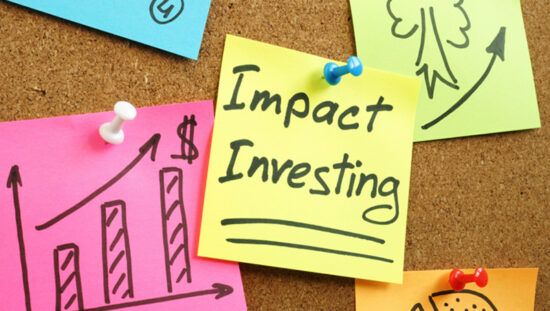While the coronavirus pandemic dominates minds and headlines, climate change remains a pressing issue – and the industry needs to address it with its risks and opportunities. But where to start?
Start big
Start with the big picture: Which macro trends can significantly influence asset prices? One such trend is that climate change will slow population growth, and productivity will fall, causing lower gross domestic product (GDP) – especially in poorer countries where physical change and the impact are greatest, while funding for needed adaptions is scarce.
As productivity declines and carbon cost increases, inflation pressures are likely to rise. Then again, generally slower economic growth could reduce some inflation pressure. This brings central banks to the fore: Will their mandates expand or evolve to offset rising inflation after a lengthy period of subdued price changes?
Lower GDP also affects corporate profitability. More capital will have to be allocated to protecting against and adapting to climate change. It’s estimated that it will take $1trn to decarbonize the US economy alone. Decarbonization spending will help preserve economic production but may also crowd out more productive spending – and reallocate capital to disadvantage some sectors, such as fossil fuels, while benefitting companies that develop new technologies and services that facilitate adaptation and mitigation. Analysts need to develop a better understanding of such impacts, so they can translate them to how individual issuers are affected.
Issuer analysis: Physical and transitional risks
On an issuer-specific level, it helps to distinguish between physical and transitional risks. Physical risks can be higher seas that endanger physical plants and facilities, and may restrict or close transportation routes for supply and human capital. Investors need to examine the geographic reach of an issuer’s business, and its customers, asset locations and supply chain, as these may be globally spread.
Transition risks are the risks from the evolution toward a carbon-free economy. They are harder to cope with than physical risks and can be just as unpredictable. Thus, changing regulations can drive up carbon cost, while evolving technology can alter the playing field. And if governments are too hesitant in protecting the environment, lawyers might step in with liability and litigation.
Tracing climate risks and opportunities to financial statements
To dimension the potential impact of these risks and opportunities on individual issuers, it can help to associate them with financial statements. Let’s start with physical risks: A hurricane might damage assets, boosting capital costs as management invests in costly repairs or replacement. It could also disrupt supply chains and increase operating costs. Lower productivity from rising temperatures can also make in-house and outsourced capabilities pricier.
Tracing transitional risks to financial statements requires some detective work, too. Investors can analyse issuers’ carbon footprints and the cost of carbon. This process involves looking at direct emissions from company-owned or controlled sources, indirect emissions from purchased energy sources, as well as all other emissions in an issuer’s value chain – something very few issuers do report.
The income statement is an important focal point for understanding a company’s emissions. Where on the statement are they? How could changing carbon prices affect them? Are there different elasticities or substitutions for different emission types? In other words, how much carbon costs can be passed on and to what effect, substituted away and at what cost, or just absorbed by the issuer?
Several examples illustrate the wide range of effects on issuers’ financials. For instance, changing consumer preferences can alter product demand. Animal proteins have a high carbon footprint, and meat-packing companies’ undeclared emissions are multiples higher than are their declared emissions. If consumers turn their backs on high-carbon food sources, and as carbon costs rise, revenue can suffer. Demand can also shift within animal proteins: from high-carbon beef to lower-carbon chicken, for example.
On the positive side of the revenue picture, relative winners from climate adaption and mitigation will include issuers producing more efficient technologies, whether it’s electric vehicles, biofuels, improved HVAC systems, smart grids or wind power. As for the cost side of the income equation, the producers of animal proteins we mentioned could face rising costs from grain, the most critical input for raising livestock. As climate change advances, declines in crop yields will become more common, raising operating costs that issuers may or may not be able to pass through to end clients.
Effects on issuers’ financials
A company’s emissions can affect their financials. If consumers turn their backs on high-carbon products, revenue can suffer. Producers of animal proteins could also face rising costs from grain, as crop yields decline due to climate change. On the positive side, relative winners from climate adaption and mitigation will include issuers producing more efficient technologies.
There will be no single, eternal answer to climate-change risks and opportunities for the economy. Human and physical systems’ responses can’t be predicted and influence both the climate and investment landscape. For a start, simply determining the direction of change in risk factors may make an impact, particularly versus passive investing. Investors also need to work with climate experts—as AllianceBernstein does with Columbia University—to better understand how climate science can inform investment analysis. We all need to keep learning and improving—and driving toward better outcomes.








